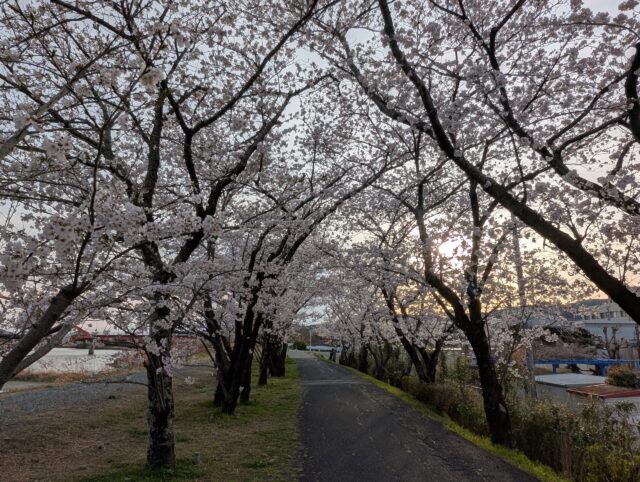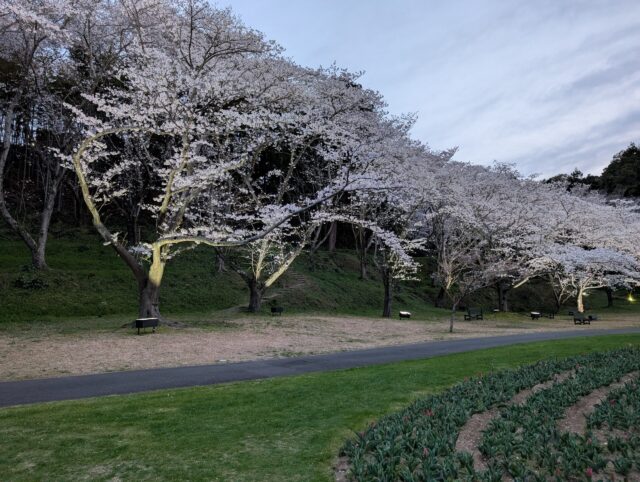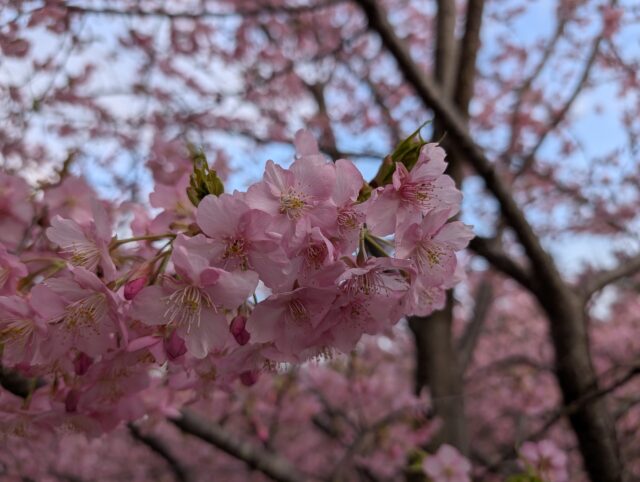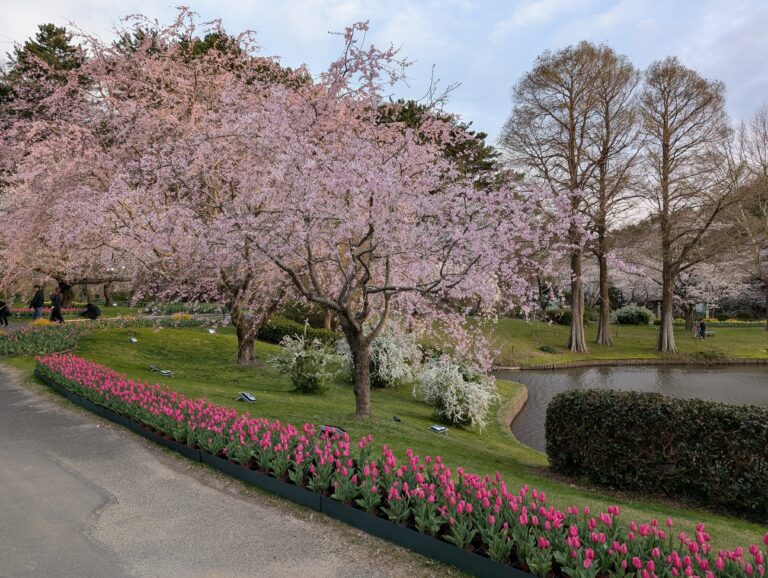When spring arrives in Japan, the landscape transforms into a breathtaking sea of pink and white blossoms. This marks the beginning of hanami season — a centuries-old tradition of gathering beneath cherry trees to enjoy food, drinks, and the fleeting beauty of cherry blossoms. For visitors to Japan, experiencing an authentic hanami picnic offers a unique glimpse into Japanese culture and aesthetics. This guide explores everything from the rich history of hanami to practical tips for creating your own memorable cherry blossom viewing experience.
What is Hanami? The History and Meaning
Hanami (花見) literally translates to “flower viewing,” though in contemporary usage it almost exclusively refers to cherry blossom viewing. This tradition dates back over a millennium, with its earliest forms appearing during the Nara Period (710-794). Interestingly, the original focus was actually on plum blossoms (ume), rather than cherry blossoms (sakura).
By the Heian Period (794-1185), the aristocracy had shifted their admiration to cherry blossoms, and hanami became synonymous with sakura viewing. The 8th-century historical text Nihon Kōki documents the first recorded sakura bloom in the year 812, marking the beginning of over twelve centuries of this cherished tradition.
The significance of cherry blossoms in Japanese culture extends beyond their beauty. Their brief blooming period — typically lasting only one to two weeks — embodies the Japanese aesthetic concept of mono no aware, a poignant awareness of impermanence. Cherry blossoms symbolize both the beauty and fragility of life, reminding viewers to appreciate the present moment and celebrate the cycles of nature.
When is Cherry Blossom Season in Japan?

Cherry blossom season varies across Japan due to the country’s diverse climate and geography. The Japan Meteorological Agency releases an annual cherry blossom forecast (sakura-zensen or “cherry blossom front”), which tracks the northward progression of blooming across the country.
The season typically begins in late March to early April in most major cities, though the exact timing changes yearly depending on weather conditions. Here’s a general timeline for cherry blossoms across Japan:
- Okinawa (Southern Islands): Late January to early February
- Kyushu and Shikoku: Late March
- Tokyo, Kyoto, Osaka (Central Japan): Late March to early April
- Tohoku (Northern Honshu): Mid to late April
- Hokkaido (Northernmost Island): Late April to early May
For travelers planning a hanami experience, it’s advisable to build some flexibility into your itinerary since bloom times can shift by a week or more depending on that year’s weather patterns.
The Perfect Hanami Picnic Setup
A successful hanami picnic requires some preparation. Here are the essentials for an authentic cherry blossom viewing experience:
Securing Your Spot
Popular cherry blossom locations can become extremely crowded during peak bloom. In famous parks like Ueno in Tokyo or Maruyama in Kyoto, securing a good viewing spot requires early morning arrival. Some Japanese companies even assign junior employees the task of arriving at dawn to reserve space for corporate hanami parties later in the day.
When you arrive:
- Look for a spot with a good view of cherry trees (but not directly underneath, as falling petals may land in your food)
- Spread out your picnic sheet to claim your territory
- In some locations, it’s customary to write your name and party start time on a piece of paper placed on your sheet if you’re reserving the spot for later
Essential Picnic Gear
| Item | Japanese Name | Notes |
|---|---|---|
| Picnic sheet/tarp | Leisure sheet (レジャーシート) | Waterproof backing recommended |
| Portable table | Mini-tēburu (ミニテーブル) | Optional but convenient |
| Disposable plates & utensils | Tsukaisute no osara (使い捨てのお皿) | Eco-friendly options available |
| Garbage bags | Gomi-bukuro (ゴミ袋) | Essential for cleanup |
| Hand sanitizer | Shudō shōdoku-zai (手指消毒剤) | Useful before eating |
| Cushions | Zabuton (座布団) | For comfort on hard ground |
Remember that many parks prohibit certain items like barbecues or large tents, so check the rules of your specific location before planning.
Traditional Hanami Food and Drinks

Food and drink are central to the hanami experience. The tradition of eating outdoors while admiring cherry blossoms has evolved over centuries, resulting in specialized dishes and customs.
Hanami Bento
The hanami bento is a specially prepared boxed meal for cherry blossom viewing. Unlike everyday lunch boxes, these festive containers often feature:
- Seasonal ingredients that celebrate spring
- Pink and white foods that mirror cherry blossom colors
- Portable, room-temperature dishes designed to be enjoyed outdoors
Traditional hanami bento typically include:
- Makizushi (rolled sushi)
- Inarizushi (sushi rice in fried tofu pouches)
- Tamagoyaki (Japanese rolled omelet)
- Kamaboko (pink and white fish cakes)
- Seasonal vegetables
- Chicken or other protein dishes
For visitors to Japan during sakura season, pre-made hanami bento are widely available at department stores, specialty food shops, and even convenience stores.
Onigiri and Other Savory Items
Onigiri (rice balls) are perfect hanami foods due to their portability and variety. During cherry blossom season, you might find special versions like:
- Sakura onigiri (containing pickled cherry blossoms)
- Ume (pickled plum) onigiri
- Salmon or tuna-filled varieties
Other popular savory items include:
- Fried chicken
- Vegetable sticks with dip
- Bite-sized sandwiches (fruit sandwiches are especially popular)
- Pickled vegetables
The key characteristic of good hanami food is that it should be easy to share and manageable to eat outdoors without requiring cutlery or complex preparation.
Hanami Sweets and Desserts
Sweet treats hold special significance during hanami season, with many confections designed specifically for cherry blossom viewing:
- Sakura mochi: Rice cakes filled with sweet red bean paste and wrapped in pickled cherry leaves
- Hanami dango: Three-colored rice dumplings (pink, white, and green) on skewers
- Sakura-flavored cookies and cakes: Often incorporating actual pickled cherry blossoms
- Fresh seasonal fruits: Particularly strawberries, which are at their peak during spring
These sweets not only satisfy the palate but also complement the visual experience of cherry blossoms with their colors and presentations.
Traditional Drinks for Hanami
Drinking under cherry blossoms has its own special term: hanami-zake (cherry blossom viewing sake). The most traditional beverage choices include:
- Sake: Often served warm in small cups
- Beer: Many Japanese breweries release special sakura-themed cans during the season
- Amazake: A sweet, low-alcohol fermented rice drink
- Green tea: Perfect for those preferring non-alcoholic options
- Sakura tea: Made with pickled cherry blossoms
It’s important to note that some public parks prohibit alcohol consumption, so check local regulations before planning your drink menu.
Hanami Etiquette and Customs
Understanding proper hanami etiquette enhances the experience and shows respect for Japanese customs:
- Remove your shoes before stepping onto the picnic mat, just as you would in a Japanese home
- Reserve only the space you need, especially in crowded areas
- Keep noise levels reasonable, particularly in more formal garden settings
- Clean up thoroughly after your picnic, separating trash according to local recycling rules
- Don’t damage the cherry trees by breaking branches or picking blossoms
- Share space graciously as parks get more crowded throughout the day
One charming custom you might observe is “ohanami-kaisen” (cherry blossom viewing parties) where colleagues or classmates sit in order of seniority, with the most senior person positioned with the best view of the blossoms.
Popular Cherry Blossom Viewing Spots

While cherry blossoms can be enjoyed throughout Japan, some locations are particularly renowned for their spectacular displays:
Tokyo Region:
- Ueno Park: Home to about 1,200 cherry trees and Tokyo’s most popular hanami spot
- Shinjuku Gyoen: A spacious park with over 1,000 cherry trees of different varieties
- Meguro River: A canal lined with cherry trees that creates a stunning tunnel of blossoms
Kyoto Region:
- Maruyama Park: Famous for its weeping cherry tree that’s illuminated at night
- Philosopher’s Path: A canal-side walking path lined with hundreds of cherry trees
- Arashiyama: Combines mountain scenery with cherry blossoms for breathtaking views
Other Notable Locations:
- Hirosaki Castle (Aomori): Features over 2,600 trees in a historic castle setting
- Miharu Takizakura (Fukushima): Home to a 1,000-year-old weeping cherry tree
- Yoshinoyama (Nara): Known as Japan’s most famous cherry blossom viewing spot with over 30,000 trees
Modern Hanami Celebrations
While hanami’s essence remains unchanged, modern celebrations have evolved in several ways:
- Yozakura (night cherry blossom viewing) has become increasingly popular, with trees illuminated by lanterns or LED lights
- International hanami events now take place in countries with significant Japanese cherry tree plantings, like Washington D.C.’s National Cherry Blossom Festival
- Digital hanami became prevalent during recent years, with people sharing blossom photos via social media and virtual hanami gatherings
- Advance reservations systems have been implemented in some popular parks to manage crowds
Corporate hanami parties remain an important part of Japanese business culture, serving as team-building events and opportunities for colleagues to relax together outside the office environment.
Summary
Hanami represents far more than a simple picnic under flowering trees. This centuries-old tradition embodies core aspects of Japanese aesthetics and philosophy—an appreciation for fleeting beauty, a celebration of seasonal changes, and the joy of sharing nature’s gifts with others.
Whether you’re planning a trip to Japan during cherry blossom season or simply interested in understanding this beautiful cultural practice, the essence of hanami lies in slowing down to appreciate a momentary splendor. As cherry petals flutter down like pink snow, they remind us to cherish the present moment and find beauty in impermanence—a timeless lesson wrapped in the delicate embrace of spring’s most enchanting bloom.


